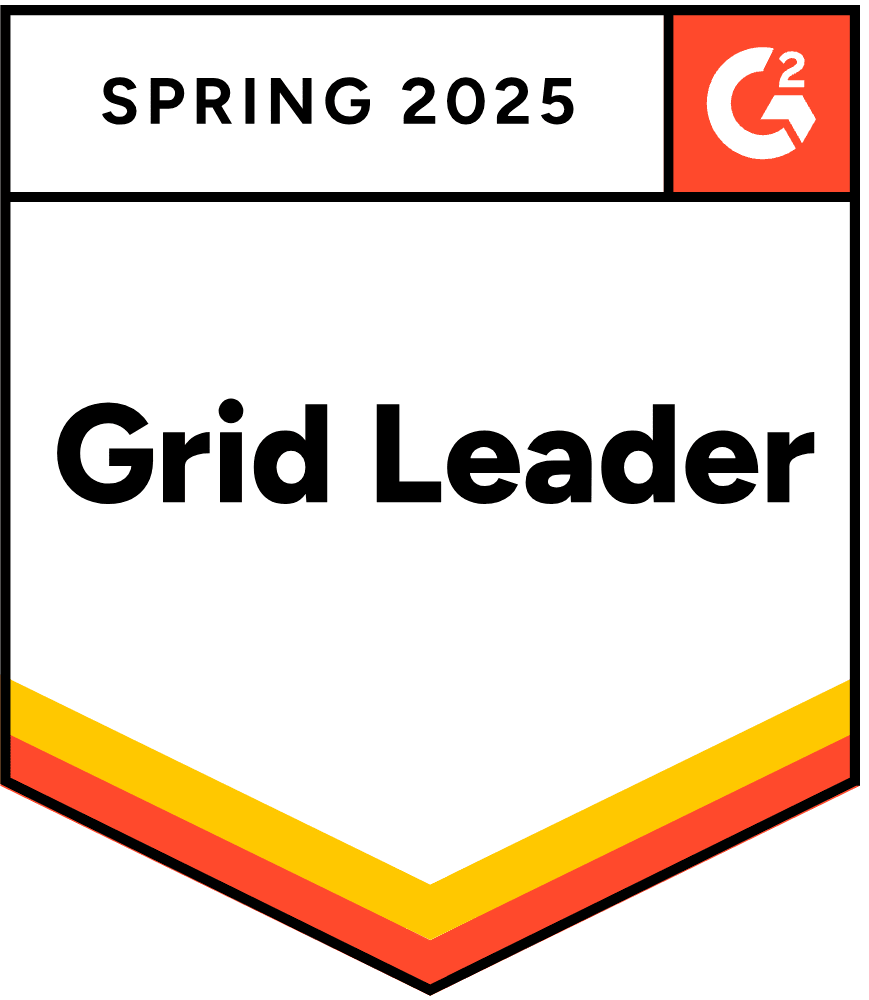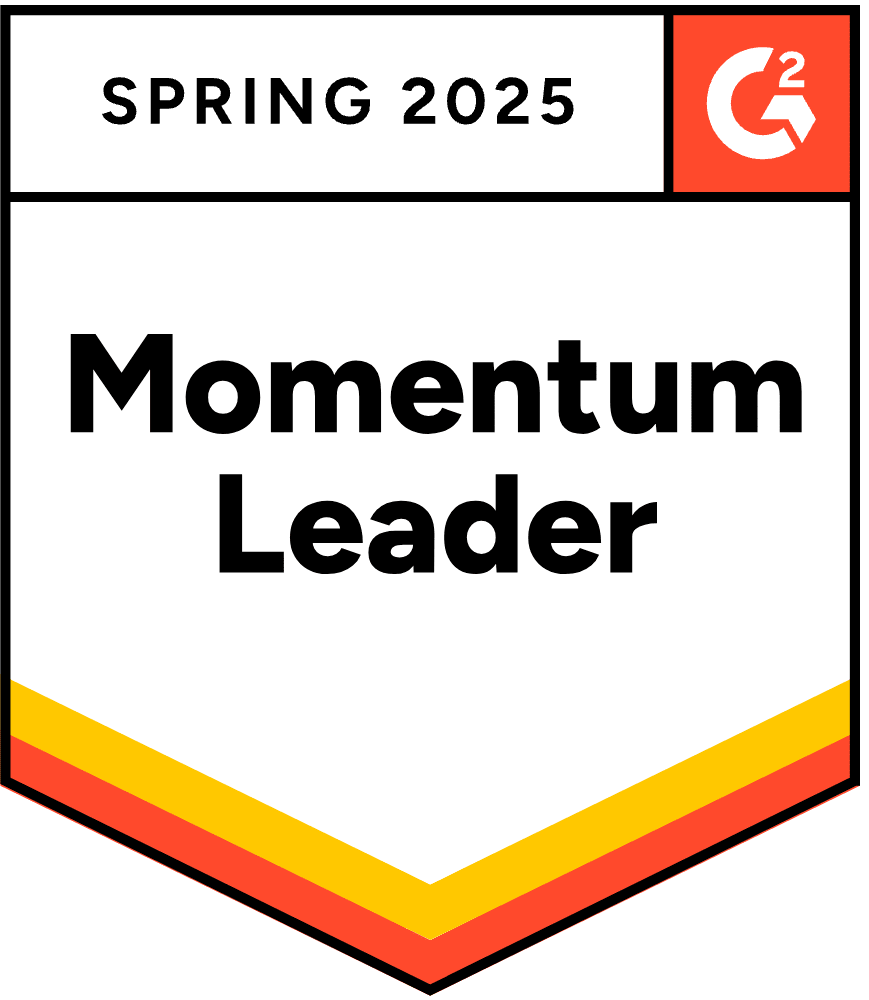Spoiler: moving to Spain won’t magically make you fluent.
If you’ve ever tried to learn a new language, someone has probably offered you this advice with the conviction of a TED Talk speaker: the answer is language immersion. Move abroad, they say. Watch foreign TV. Change your phone settings. Surround yourself with the language and—poof!—you’ll absorb it like a child soaking up their first words.
But here’s the thing no one tells you: you’re not a child. And your brain doesn’t learn like one. Now apply this advice to creating a language learning program for your company. How do you implement a company-wide language learning program when so many language-learning solutions are based on how young students learn language?
There are smarter, more effective ways for adults to learn a language—without uprooting your life, moving to a new country, or pretending to understand plot twists on French Netflix. Language immersion is not the only (or even the preferred) method for adults to learn a language.
Let’s talk about what actually works for adult learners, especially in the context of busy people learning a new language at work.
The Adult Brain: Less Sponge, More Strategist
Kids are immersion powerhouses because their brains are wired for it. They’re in what scientists call a “critical period” for language learning—a sweet spot where they pick up new sounds, structures, and vocabulary without even trying.
Adults? Not so much.
Once we hit our twenties, our brains shift from sponge mode to strategy mode. We’re better at analyzing, making connections, and learning with intent—but worse at passively absorbing. Immersion alone doesn’t cut it anymore.
We need structure, relevance, repetition, and a sense of control.
1. Purposeful Practice Beats Passive Exposure
Adults don’t just need to hear a language—they need to engage with it.
That means:
- Speaking (yes, out loud!) in low-stakes environments
- Practicing specific scenarios they’ll actually face at work
- Getting feedback and correcting mistakes in the moment
Immersion might expose you to the language, but it won’t help you speak it confidently unless you actively use it.
2. Short Bursts > Marathon Sessions
Good news: you don’t need to block off your weekends for grammar drills.
Studies show adults learn better with frequent, short sessions—think 15–30 minutes a day, not 3 hours once a week. The brain remembers more when it gets regular “snacks” of language, not one giant cram feast.
It’s why Babbel for Business lessons are designed to fit between meetings—not become one.
3. Prior Knowledge Isn’t a Barrier. It’s a Superpower.
Unlike kids, adults already speak at least one language. That means they can:
- Compare grammar and syntax
- Recognize word roots and cognates
- Build connections that actually speed up learning
A smart language program for adults leans into this, not around it.
4. Relevance = Retention
Let’s say your employee is in logistics. Are they more likely to remember the word for “customs paperwork” or “penguin”?
We’ll give you one guess.
When the vocabulary, scenarios, and practice reflect what people actually do at work, they’re far more likely to retain it—and use it. That’s why we focus on job-specific, immediately usable language skills.
5. Spaced Repetition: The Secret Weapon of Adult Learners
Adults don’t just need to see a word once. They need to revisit it—at just the right intervals—for it to stick.
It’s called spaced repetition, and it’s how Babbel gets new vocabulary into long-term memory, not short-term limbo. It’s also how we make sure your employees aren’t relearning the same five phrases every week.
So… Is Language Immersion Useless?
Nope. It’s just not enough on its own.
In fact, immersion can be a powerful accelerator if it’s paired with the right support: structured lessons, practice with feedback, relevant content, and flexible tools built for the way adults actually learn.
Because while you can’t turn your warehouse into a language lab or relocate your sales team to São Paulo, you can build a program that helps them thrive—right where they are.
Curious about how adult brains learn languages?
We’ve got an ebook for that! Click here to get your copy.

Curious about how adult brains learn languages?
We’ve got an ebook for that!






